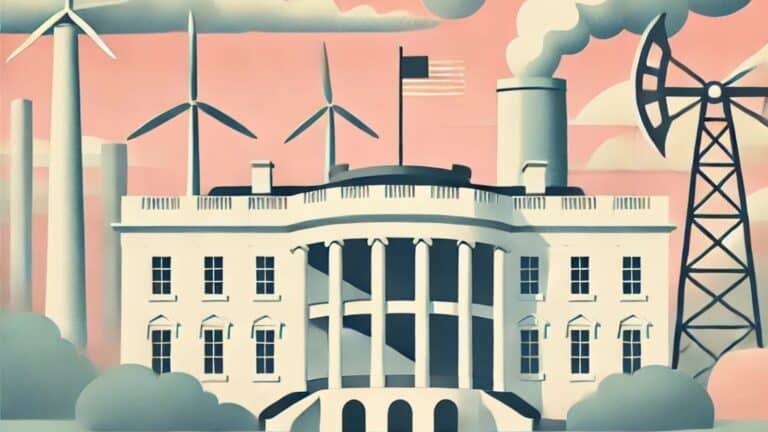China Halts U.S. LNG Imports Amid Tariff War
China has ceased importing liquefied natural gas from the United States since early February, as the ongoing tariff war impacts energy trade.
Current Access Level “I” – ID Only: CUID holders, alumni, and approved guests only
This is the final episode of a five-part series exploring the lithium-ion battery supply chain. If you haven’t listened to the first four episodes, we recommend you start there.
So far over this season we’ve traced the global lithium-ion battery supply chain from mining to processing to manufacturing. And we’ve put it all into a geopolitical and economic context.
In this final installment of our five-part series, we come to the end of the road for a battery.
There are a lot of technical innovations on the horizon when it comes to battery recycling. But are we anywhere close to making the battery economy actually circular?
When you get rid of your car, there is a profitable industry that takes responsibility for the components inside of it. And that’s because we’ve had many, many decades to perfect this process — and develop efficient supply chains. The modern battery supply chain is still a work in progress.
In this episode, we’ll visit a recycling facility, learn how battery recyclers are evolving into battery component manufacturers, navigate the complexities of turning dead batteries into new ones, and explore the concept of circularity.
China has been the world's biggest battery manufacturer for over a decade. By 2022, according to the IEA, China manufactured 76% of the world's batteries. But that's changing.
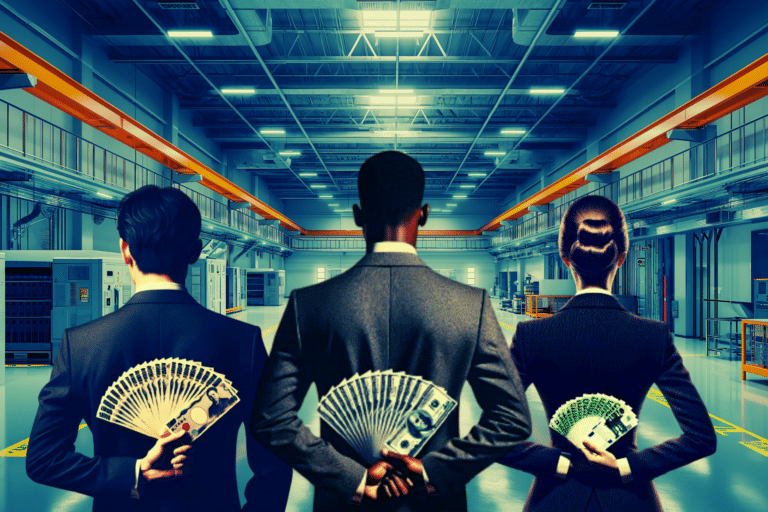
Batteries can replace gasoline in our cars, or diesel in our generators with electricity. But batteries and petroleum-based fuels share something in common: they both rely on energy-intensive processes to turn extracted materials into something useful.
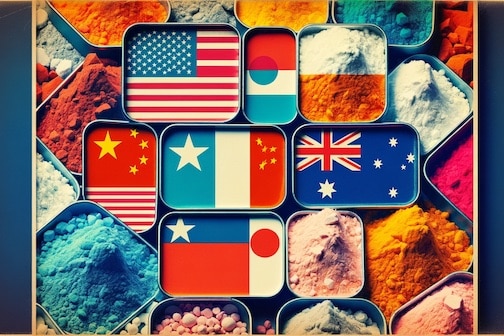
To produce enough batteries to reach global net-zero goals, the International Energy Agency says we'll need to increase production of critical minerals by six fold by 2040. It's a monumental task.

Season 4, Episode 1 Batteries are at the center of the clean energy economy. Will they shape geopolitics in similar ways to oil? We need to electrify much...

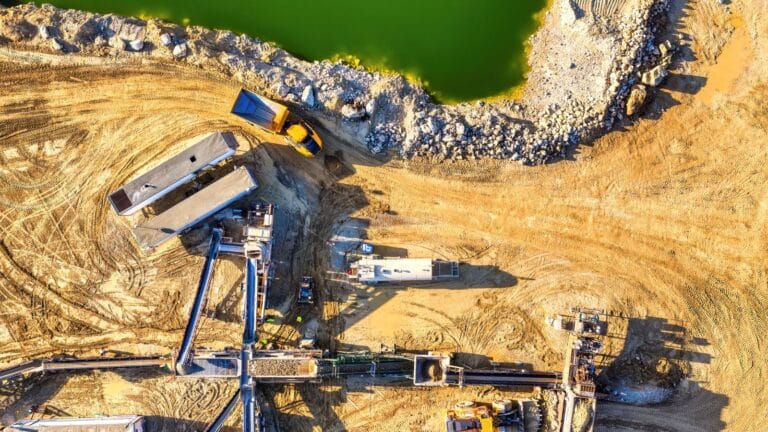
This Energy Explained post represents the research and views of the author. It does not necessarily represent the views of the Center on Global Energy Policy. The piece...
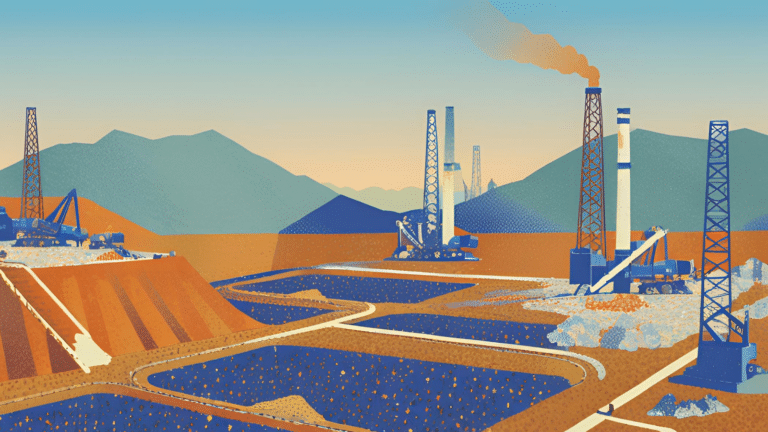
This Energy Explained post represents the research and views of the author. It does not necessarily represent the views of the Center on Global Energy Policy. The piece...

President Donald Trump has made energy a clear focus for his second term in the White House. Having campaigned on an “America First” platform that highlighted domestic fossil-fuel growth, the reversal of climate policies and clean energy incentives advanced by the Biden administration, and substantial tariffs on key US trading partners, he declared an “energy emergency” on his first day in office.
